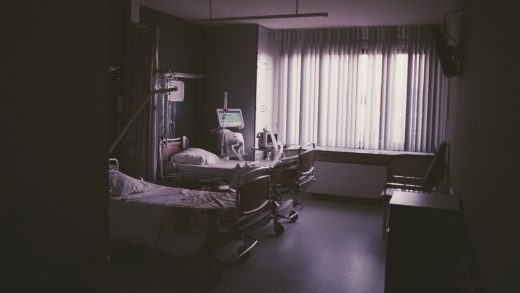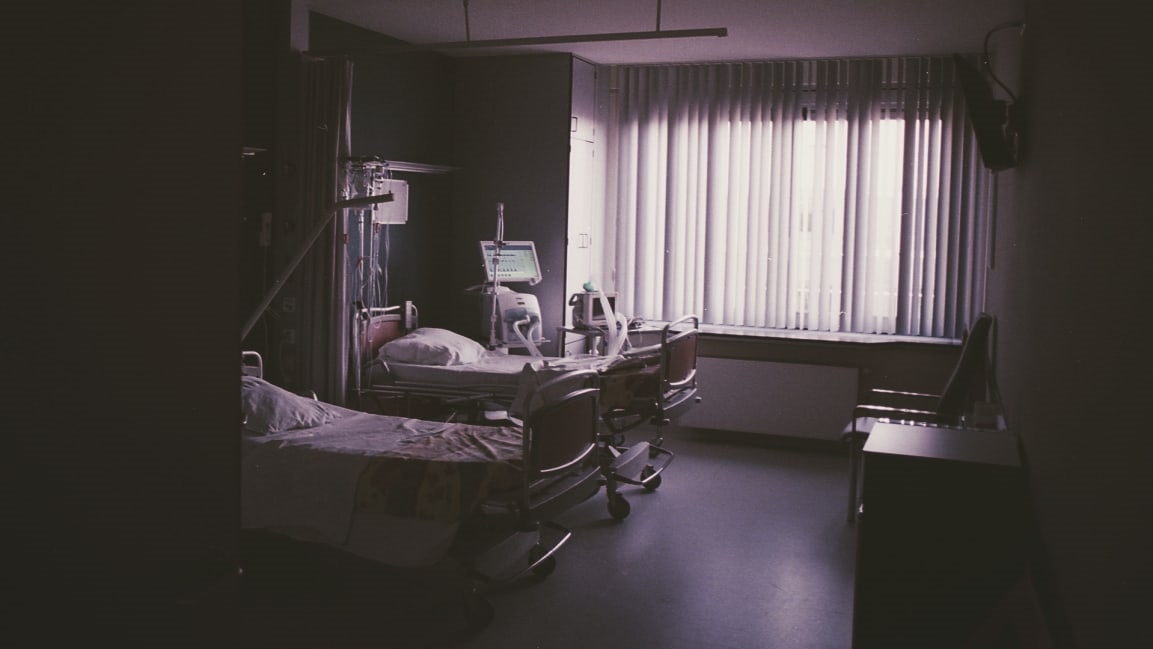What are the first signs of coronavirus? Surprising JAMA report says 10% show unexpected symptoms
By Arianne Cohen
Doctors worldwide are closely following a new JAMA report of 138 January cases of the Wuhan coronavirus at one hospital in Wuhan, China. Researchers are just beginning to understand the virus, and here they describe its transmission, symptoms, and treatment time:
Symptoms
Everyone gets a fever. Temperatures spiked in all but two of the 138 patients. Approximately two-thirds also had fatigue and dry coughs, and many had muscle aches.
Some patients don’t have flu symptoms! Roughly 1 in 10 presented not with flu-like symptoms but with diarrhea and nausea. This confused doctors, who placed one patient on a surgical ward, with no precautions, because coronavirus was not suspected.
It’s slow and long. Time from onset to hospitalization was a full week, and severe breathing trouble didn’t develop for a median of eight days. This means that patients can do well, and then take a turn for the worse. Median hospitalization time was 10 days—though the study only looked at patients sick enough to need hospitalization in the first place.
Older people with health problems get sicker. Though roughly equal numbers of young, old, male, and female patients contracted the virus (this is news: many early patients were men who worked at a seafood market), of the quarter in the ICU, nearly half had underlying medical conditions and were typically at least in their 60s. They often developed respiratory distress syndrome, heart arrhythmias, or shock.
How Wuhan coronavirus works
It’s a full-body infection. Patient testing indicates that it’s a serious viral disease that causes “systemic viral infection” and pneumonia, followed by a body-wide inflammatory response.
It’s really contagious, particularly in hospitals. One “super-spreader” patient infected at least 14 confirmed people, and likely many more. Over 40% of the patients in the study caught the virus in a hospital, including 17 patients and 40 healthcare workers.
We have no idea what the death rate is. In this study, 4.3% died by the time of publication—and over 60% of the cases were still in the hospital. This said, again, the study observed only hospitalized people, who were presumably more sick than patients with mild symptoms who did not need hospitalization.
(10)



